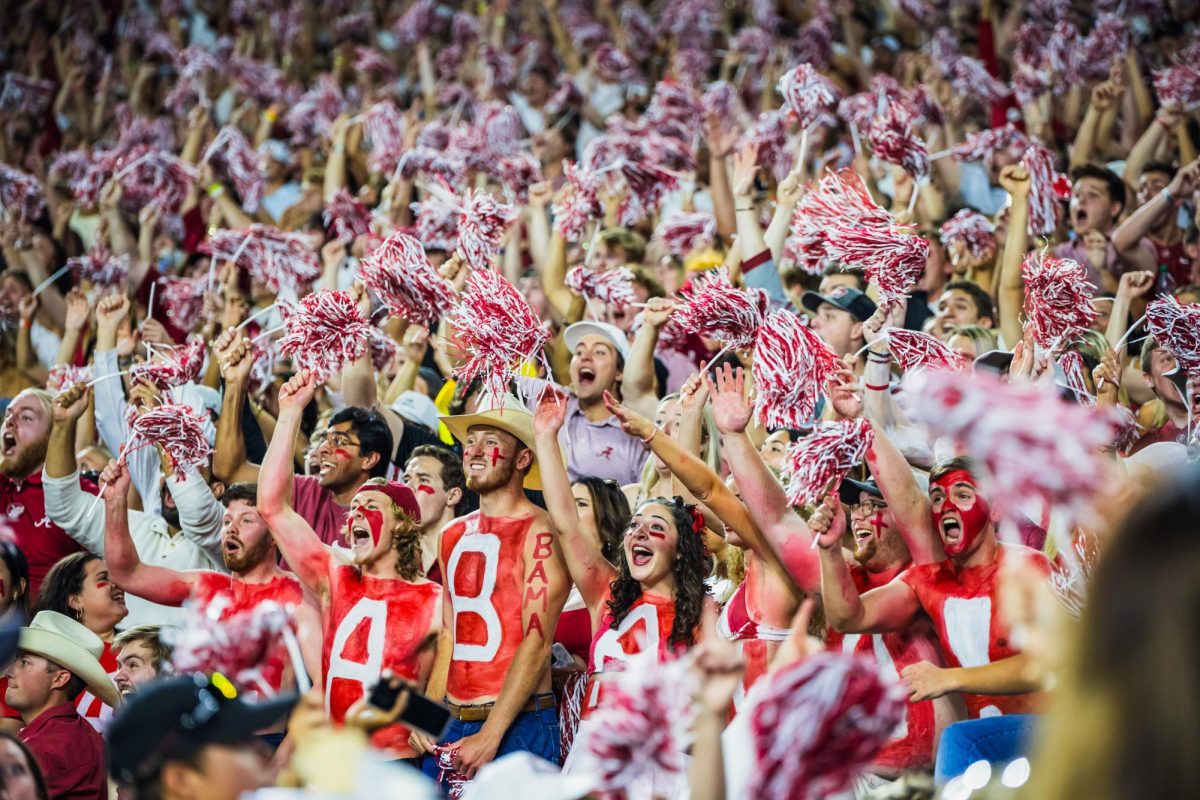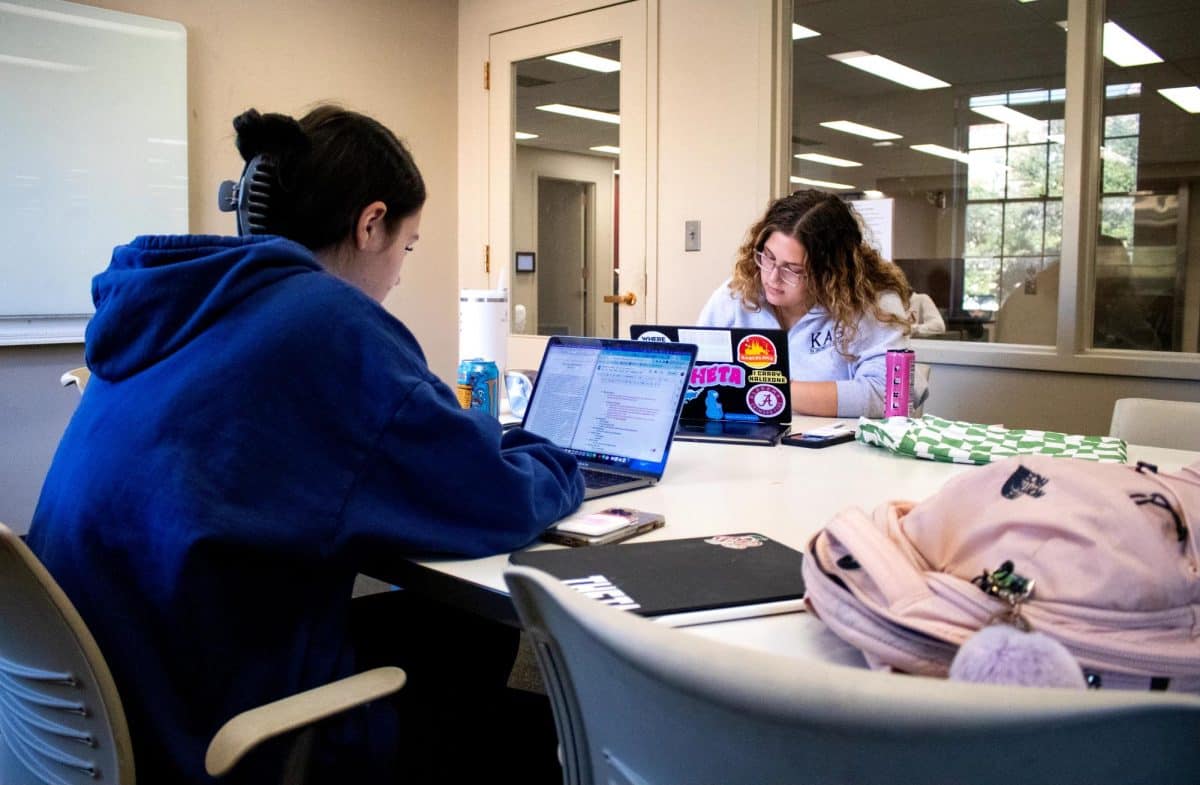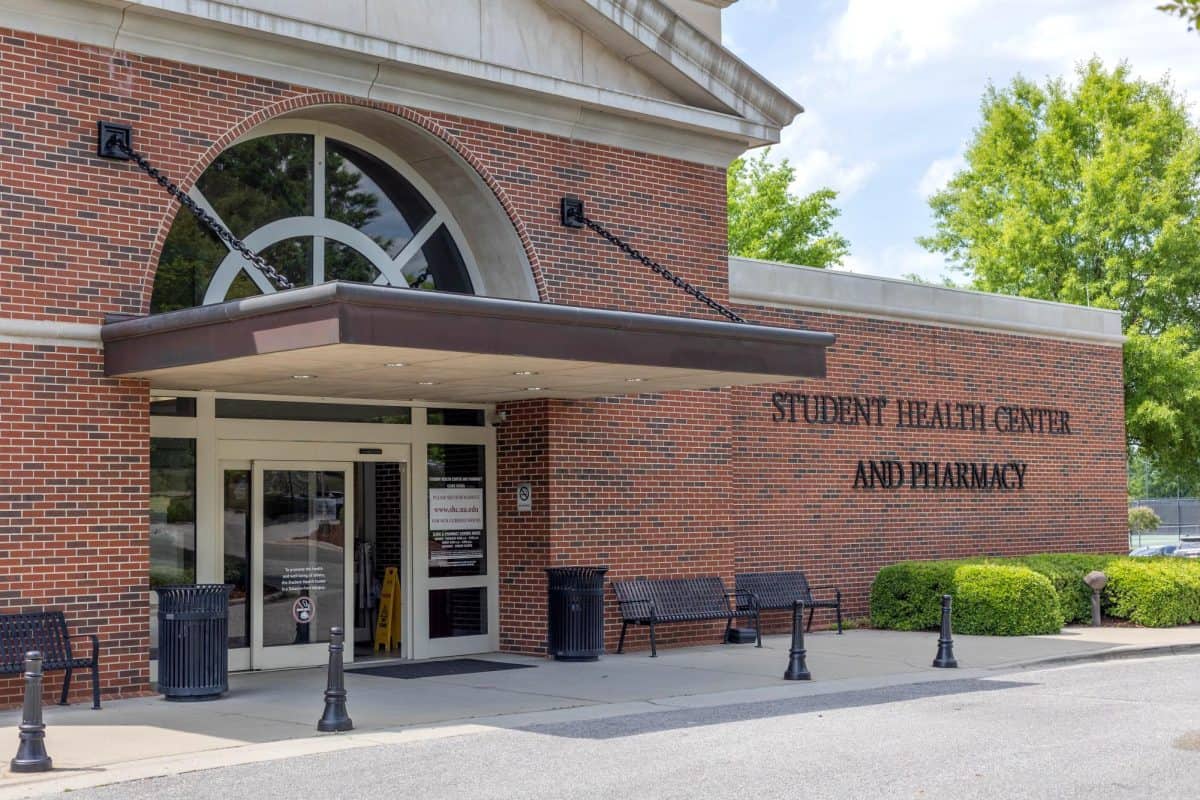A Google search of “University of Alabama race history” will yield accounts of many important events involving our university’s stance in race relations. Some of these notable events include: the Lucy vs. Adams case in ’53 that prevented our university from denying admission to anyone based solely on race or color; Autherine Lucy’s admission into the university in 1956 and her expulsion three days later; George Wallace’s Stand in the Schoolhouse Door in 1963 blocking desegregation of and the enrollment of black students Vivian Malone and James Hood; and the election of Cleophus Thomas as the first black Student Government Association President in 1976.
I have had the opportunity to acquire more information about our history than Google had to offer. I learned that the University bought slaves who built some of the buildings; about Jack Rudolph and William “Boysey” Brown, two slaves buried in marked graves on our campus; about the slave quarters located behind the President’s mansion and about the formal apology of our Faculty Senate in 2004 for those who were enslaved, brutalized and forced to work without pay. I learned the things that weren’t on the tour, ones that weren’t pointed out in Bama Bound. Fortunately, events, such as the “Hallowed Ground” Campus tours, are now available about our history regarding racial issues, and I encourage anyone interested to take advantage of the various events that will be occurring throughout the remainder of Black History Month.
As a high school senior making possibly the biggest decision of my life thus far, the history of the University was not a deterrent to my attendance here – it was my motivation to go where I once was not wanted and to excel beyond my own expectations. It would be naive of me to say we are completely past our racial issues as a university because many of us know that is a far cry from the truth. The University has been in the news regarding race, discrimination and segregation at least five times since I arrived in Fall 2013. However, we have come a long way since 1963. We have made progress as an institution and we continue to make strides towards diversity and inclusion on all fronts.
I take pride in attending a university I know my grandparents could not have attended, in the role African-Americans played in building, integrating and progressing the University and in a university that is acknowledging its past, and actively working towards a better future. If I had changed my decision based on things that happened in the past, I would’ve been the one that suffered. If we continue to view our university based on the past, the University will suffer.
We walk through doors built by our ancestors, who paved the way for us. This history isn’t only black history. It’s the history of anyone who calls the University their home. When I think about race and the University, I think about Jack Rudolph, William Brown, Autherine Lucy Foster, Vivian Malone Jones, James Hood and Cleophus Thomas; I also think about the election of Elliot Spillers, the formal integration of our Panhellenic sororities, the Black Student Union and the Intercultural Diversity Center. I am grateful for the contributions made by these members of our community. Because they did, now we can.
Candace Allen is a junior majoring in athletic training. Her column runs biweekly.








